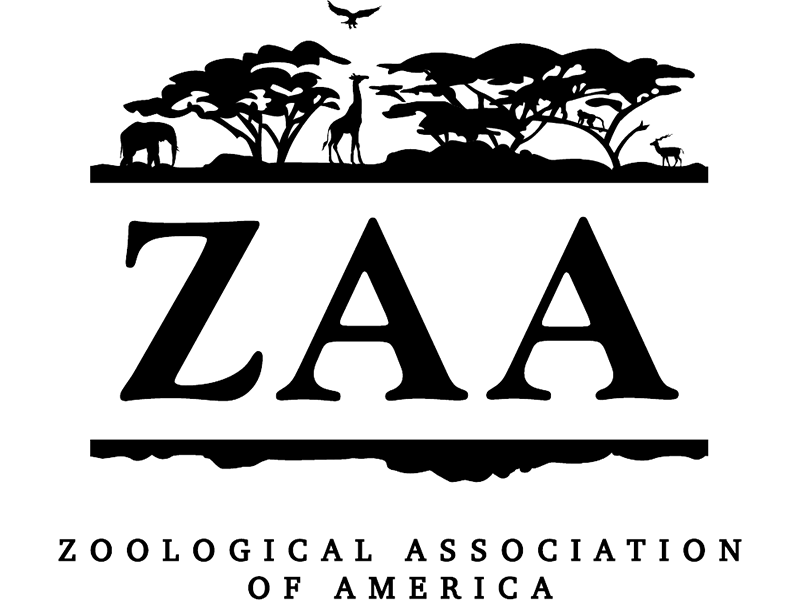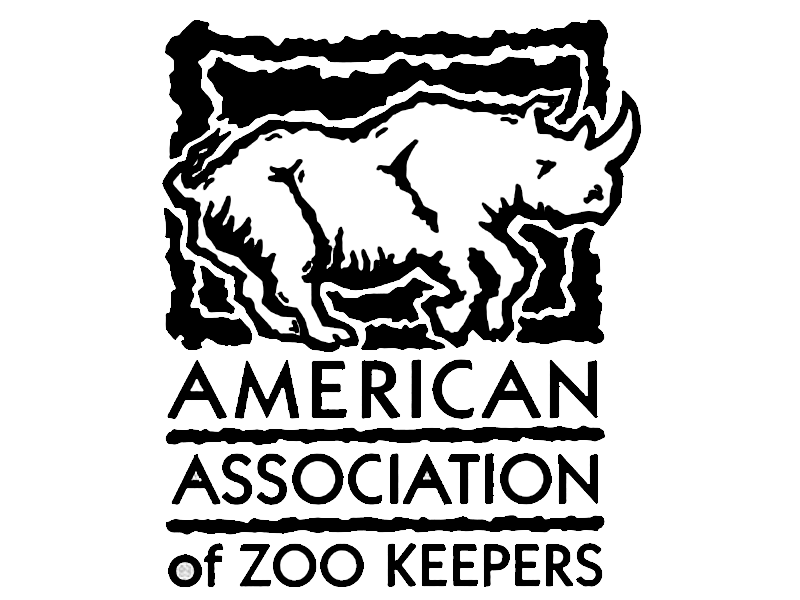The Animals
Siberian Reindeer
General Info
Common Name: Siberian Reindeer
Scientific Name: Rangifer tarandus sibiricus
Physical Appearance: Color of pelage varies seasonally. Summer coat coloration is of a rich, dark brown. With undercoat fur averaging 13,000 hairs per in². Their winter coat consists of both undercoat and hollow guard hairs. Guard hairs average 4,000 hairs per in². Noses are covered in fur. Hooves are large and splayed to act as snowshoes, paddles, and traverse across uneven terrain. Only species of deer for both males and females to have antlers. Males will drop their antlers at the end of rut (winter) and start to regrow shortly afterward. Females will drop their antlers in the springtime (calving season) and start to regrow shortly after as well. Both will shed the velvet in the late summer/early fall, just before rut.
Length/Weight: Shoulder height for male/female 33-59 in, males range between 300-350 lbs. and females range between 80-130 lbs
Lifespan: Up to 15 years in the wild, up to 18 years in captivity.
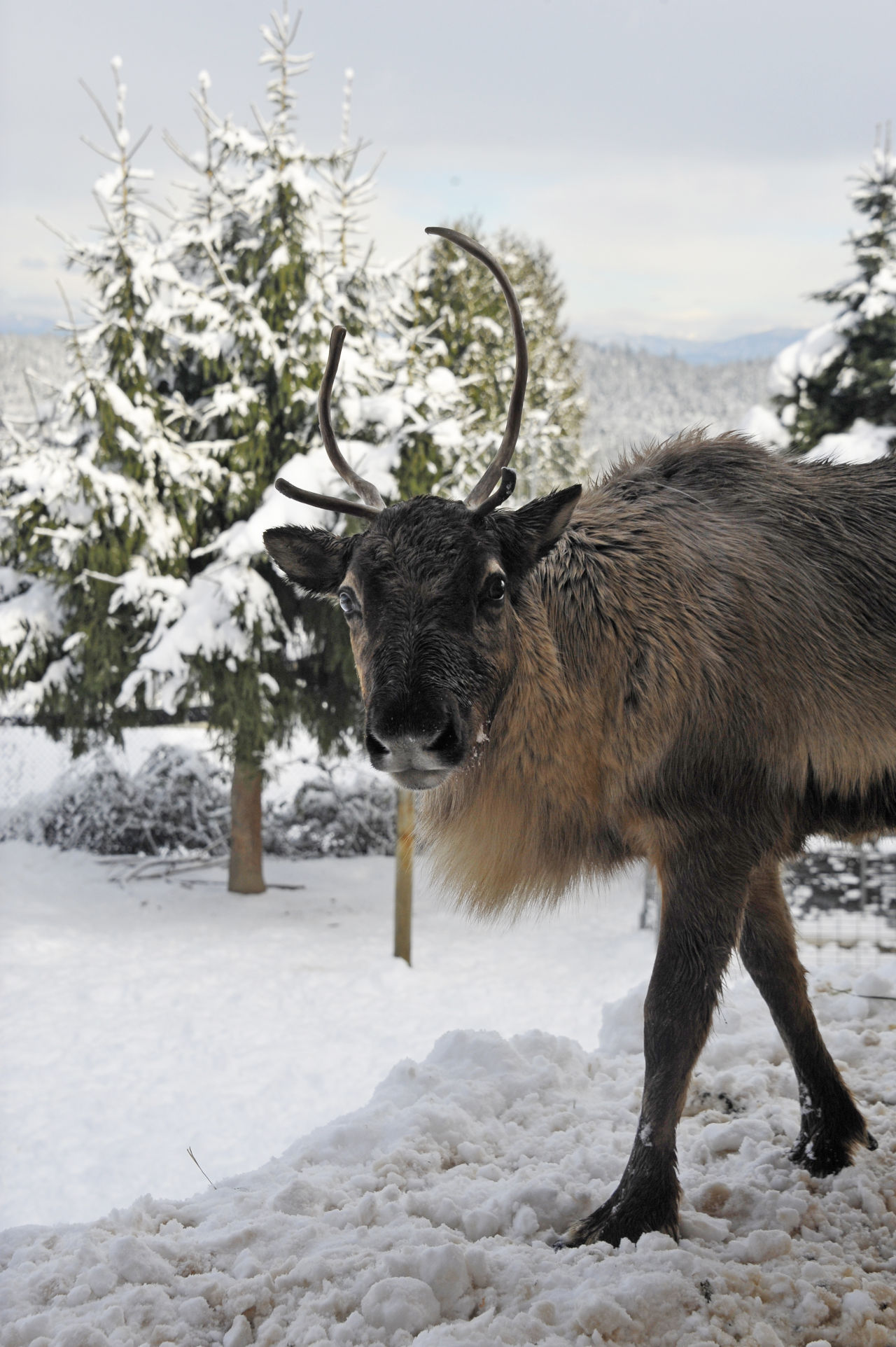
Environment
Range: Native to the arctic tundra of Northern Eurasia and Greenland. Found within the Taimyr Bulun, Yano-Indigirka and Novosibirsk Islands.
Habitat: Reindeer prefer tundra and taiga environments, northern forests, and mountain uplands.
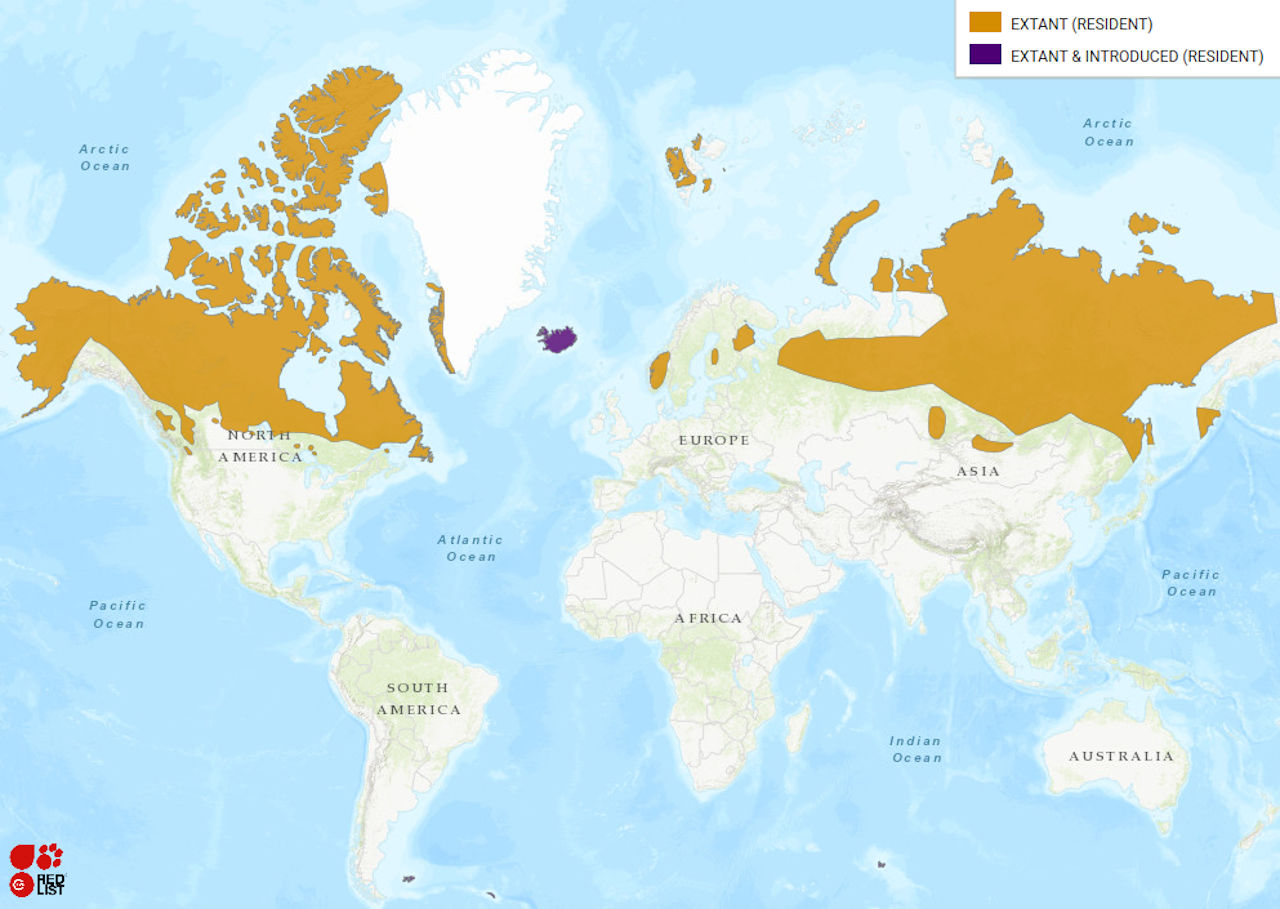
Diet
Reindeer are grazers, preferring varying plant material such as lichens, willows, grasses, mushrooms, and birches. Have been observed to consume bone and meat depending on nutritional needs.
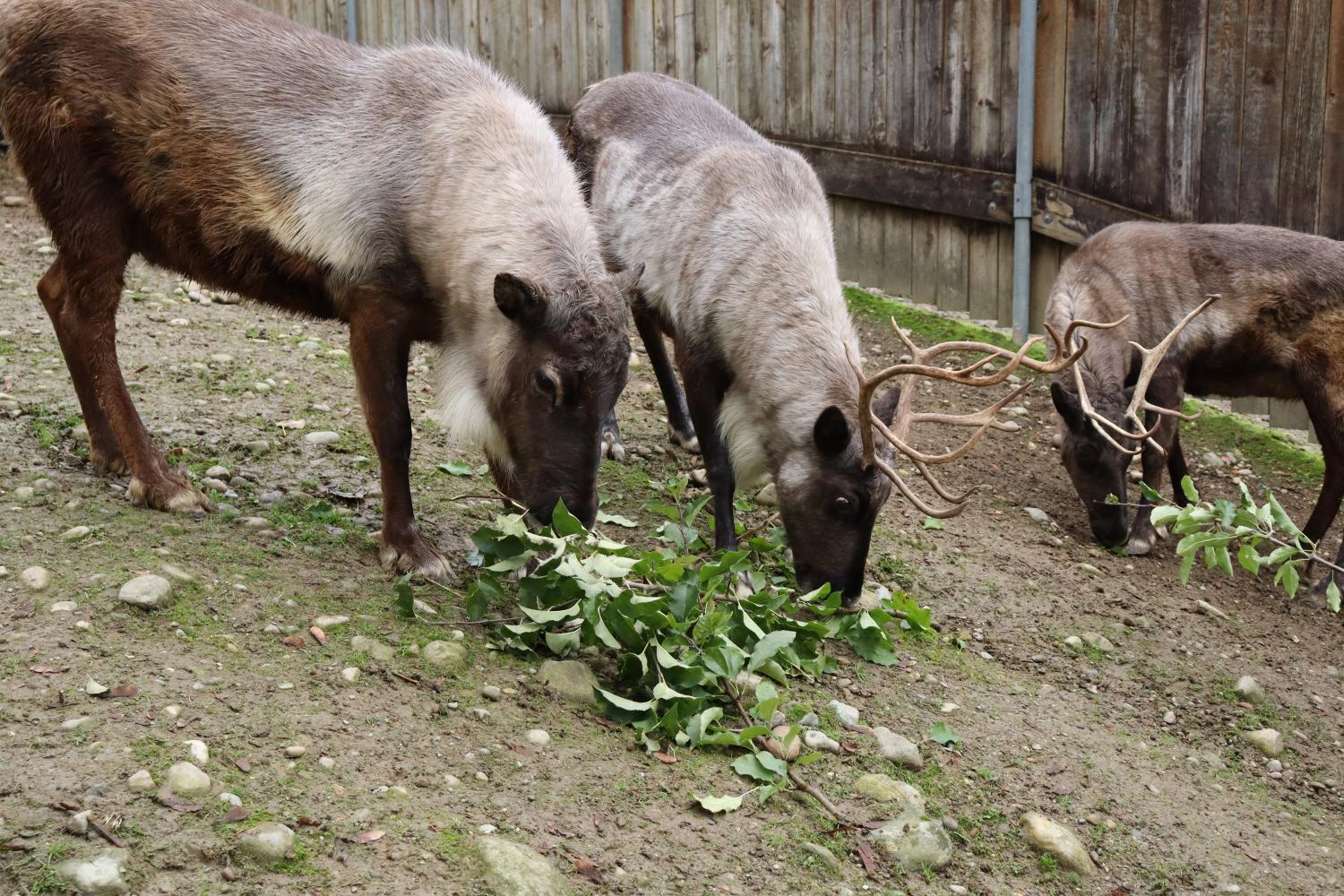
Reproduction
Reindeer breed once a year giving birth to a single calf. Males battle for access to females. Two males will lock each other’s antlers together and try to push each other away, called sparring. The most dominant male can collect as many as 5-15 females to mate with. A male will stop eating during this time and lose much of its body reserve. Gestation period is 210- 240 days. Females give birth in the spring. Calves stand on their feet within one hour of being born. They nurse often until six months of age, and then they will survive on a diet of plant material.
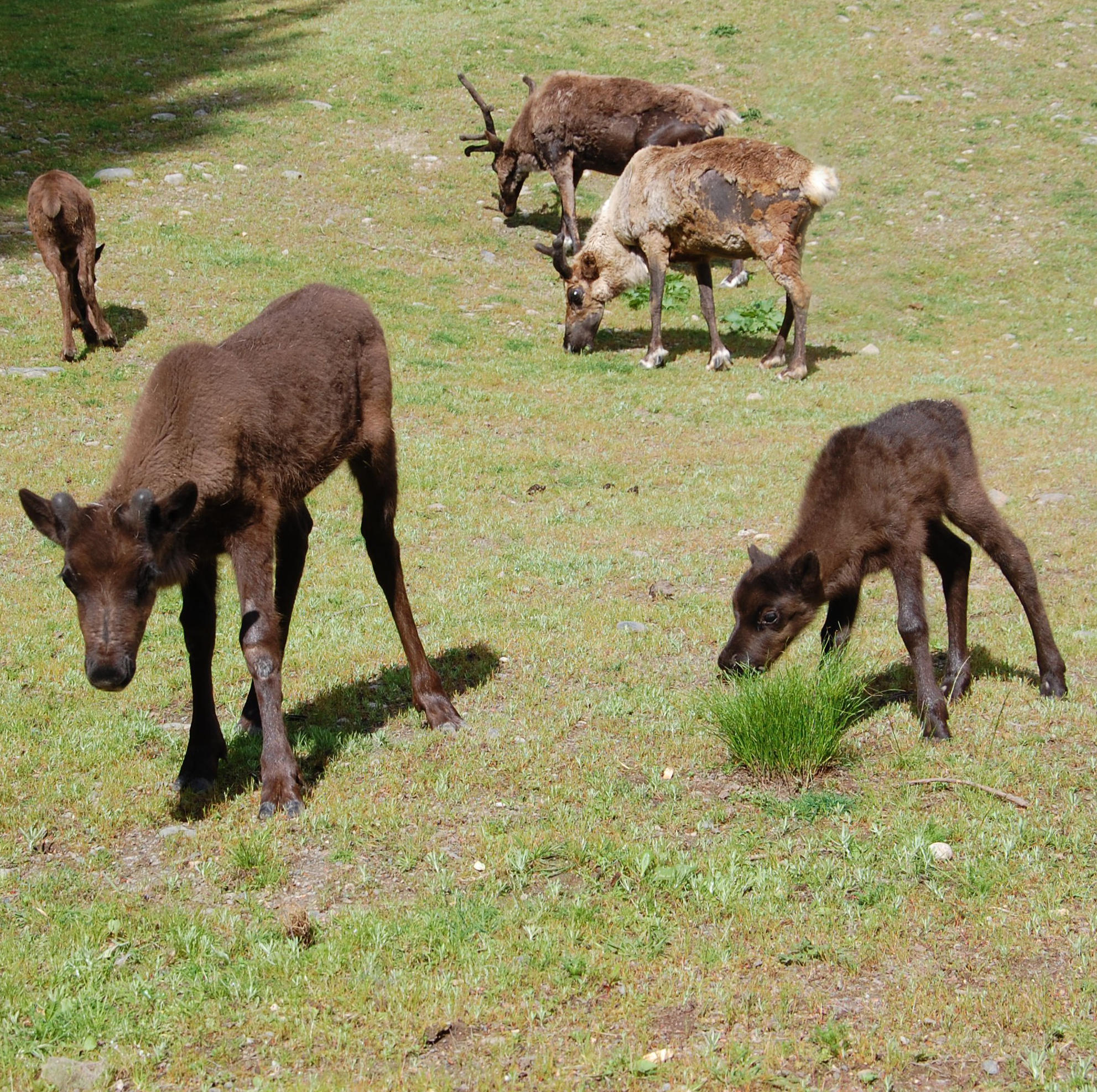
Conservation
Status:
Listed on IUCN: VULNERABLE
Population Trend: DECREASING
Efforts:
Threatened by habitat destruction, due to forestry and industrial developments especially roads and seismic lines leading to changes in vegetation and vulnerability to predation. Other changes to landscape have created barriers for migration, especially in the populations located in Norway. Environmental changes have been seen to cause changes in forage availability, timing of snow melts, and ice freeze-up/break-up changes. Conservation efforts are assessed regionally. Current protected areas are at the scale of seasonal ranges. The Putorana Nature Reserves in Russia was established in 1988 to aid in protecting calving grounds.
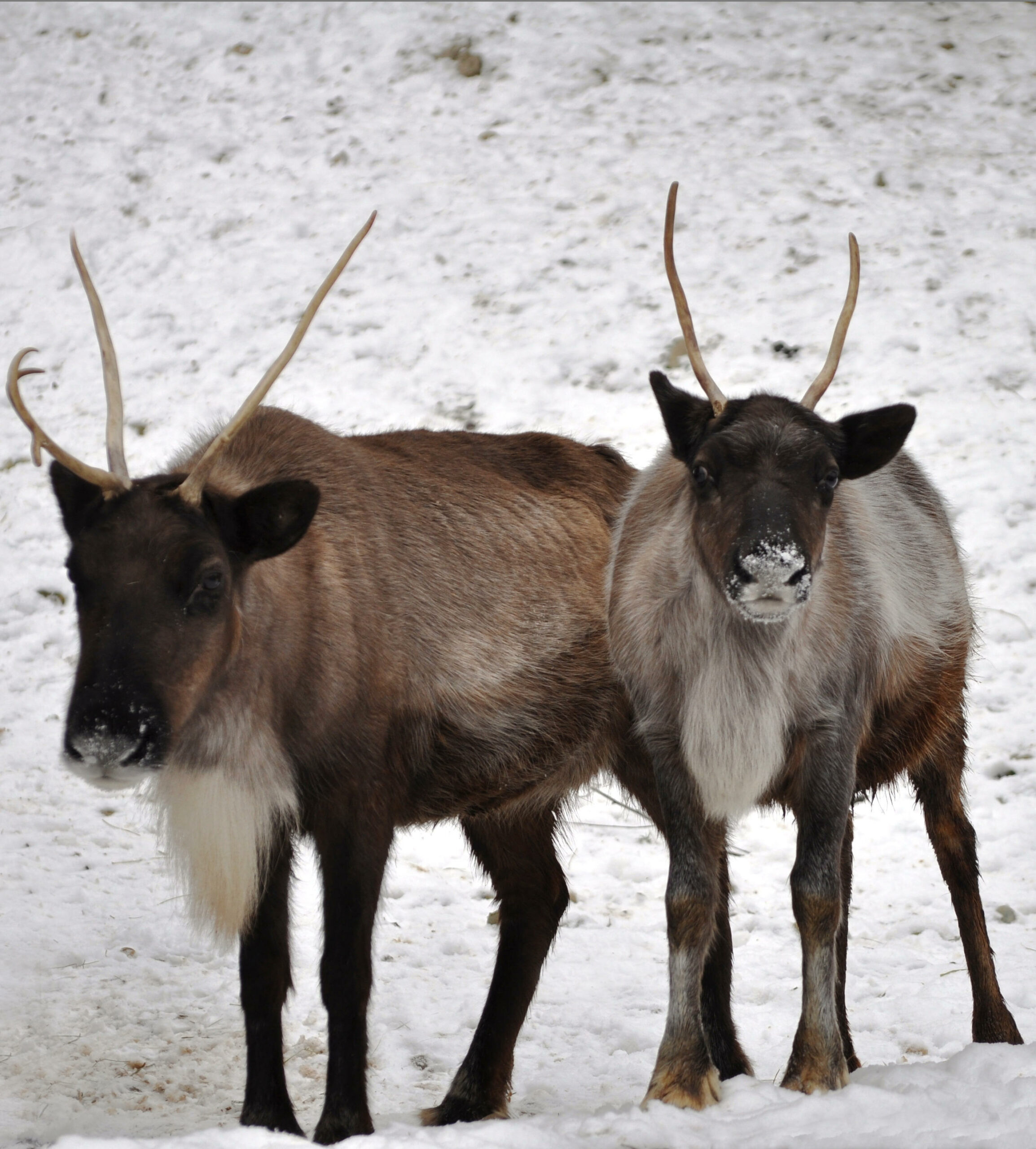
Important Facts
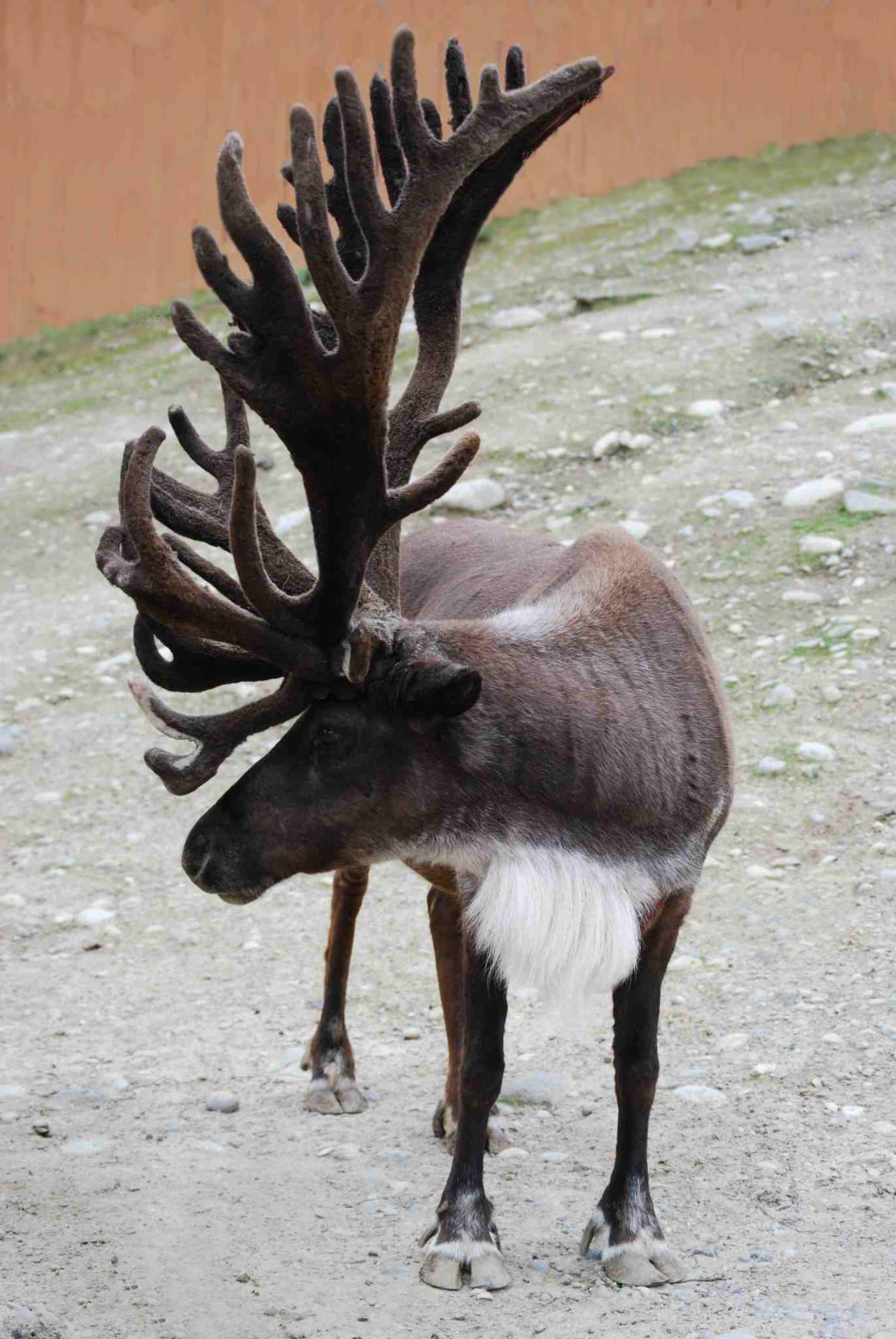
Can smell 3 feet through snow to locate food
The Taimyr herd of Siberian Reindeer in Russia is the largest wild reindeer herd in the world. Vary between 400,000-1,000,000. Low end due to environmental changes.
Sources:
IUCN: RED LIST
NOAA Artic Research Program
National Geographic
The Real Rudolph: A Natural History of the Reindeer
Differences in the ecology and behavior of reindeer populations

